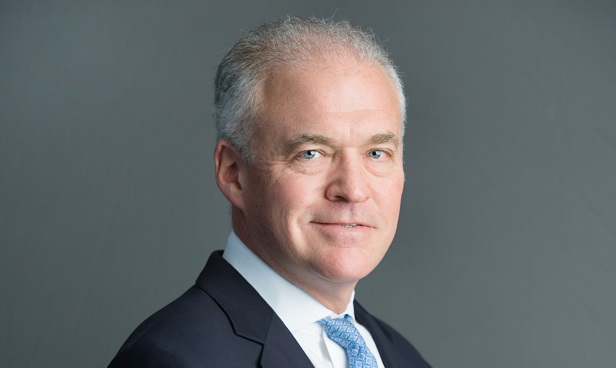WASHINGTON, DC–Earlier this month a company that had launched in June tried out a financial structure it had created for a HUD loan. Specifically it was a 221(d)(4) loan, which is used for multifamily development, and the structure addresses the expense of raising equity for these loans.
Recommended For You
The firm is MidHudson LLC, located in the Washington DC area, and the client is Graham Development, a Austin, Texas-based property development firm that was seeking financing for The Venue at Werner Park in Papillion, NE.
MidHudson didn't use some complicated structure to reduce the costs for its client. Rather it simply made a preferred equity investment to help Graham Development meet HUD's required working capital and initial operating deficit reserves for these loans.
The MidHudson investment is more cost effective than raising more equity, said Graham Development Partner Corbin Graham.
This transaction was MidHudson's first deal, President Joe Carroll tells GlobeSt.com, and it expects to close two more transactions within the next few weeks. There is a demand for this kind of structure as not only does it help the borrower close the loan faster but it also improves returns to the borrower's equity investors, adds Carroll who joined MidHudson from Barclays Capital and, prior to that, played a significant role in the development of the structured credit business at Deutsche Bank and Brightwater Capital Management.
Here is how MidHudson's process works, he explains.
The Demand
To get the HUD financing, HUD provides 80-85% of the capital. Beneath that is the hard equity that the project developer must provide. Part of that is a reserve component that would sit in the mezz position if there were that type of traunching in a HUD transaction, but there is not. There are also reserves for working capital and initial operating deficits. Those reserves, which sit in an account controlled by HUD and are meant to make up for cost overruns, come to 8-10% of the size of the HUD loan or a total of 30% of equity to develop the project, Carroll says. “It can be a significant amount of money.”
What Normally Happens Next
The developer typically goes to equity investors that are looking for returns in the 20% range, which is fairly expensive capital.
Where MidHudson Fits In
Instead of the project developer tapping equity providers, MidHudson provides the reserves by making a preferred equity investment into the entity that provides the capital needed to cover these reserves, Carroll says. That convoluted sentence is a nod to the fact the structure that developers use for these projects tend to vary. Put another way, he says: “We invests in whatever entity that other investors are participating in — sometimes it is the borrower from HUD but usually it is more senior than that in the corporate structure.”
MidHudson looks for a preferred return of 12% on its equity investment, which Carroll points out is significantly less than what the developer would have to pay with true equity.
HUD releases the reserves once the property starts cash flowing, which is when MidHudson's involvement ends.
© Touchpoint Markets, All Rights Reserved. Request academic re-use from www.copyright.com. All other uses, submit a request to [email protected]. For more inforrmation visit Asset & Logo Licensing.








